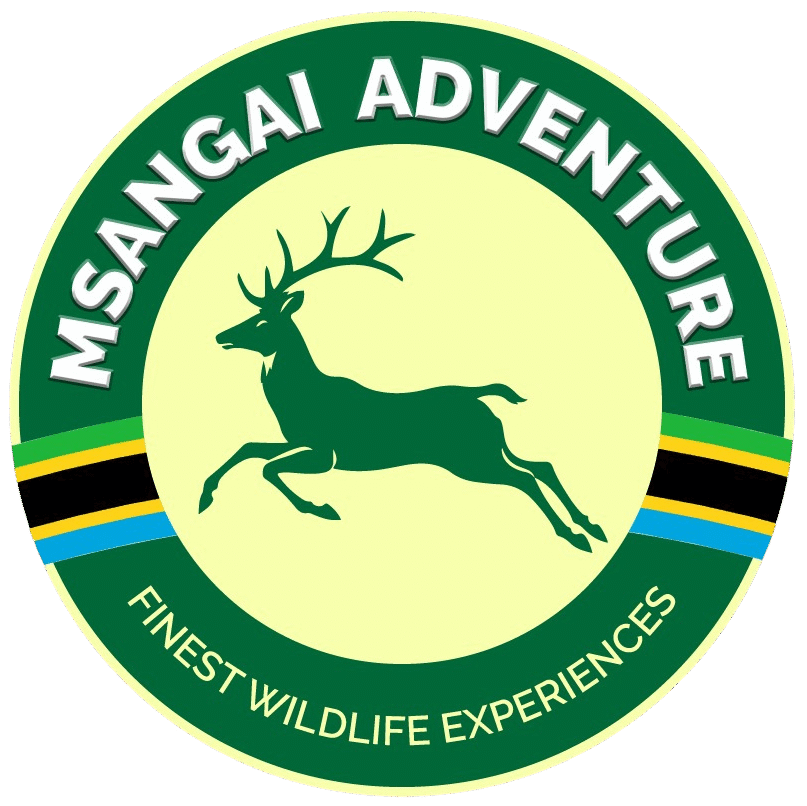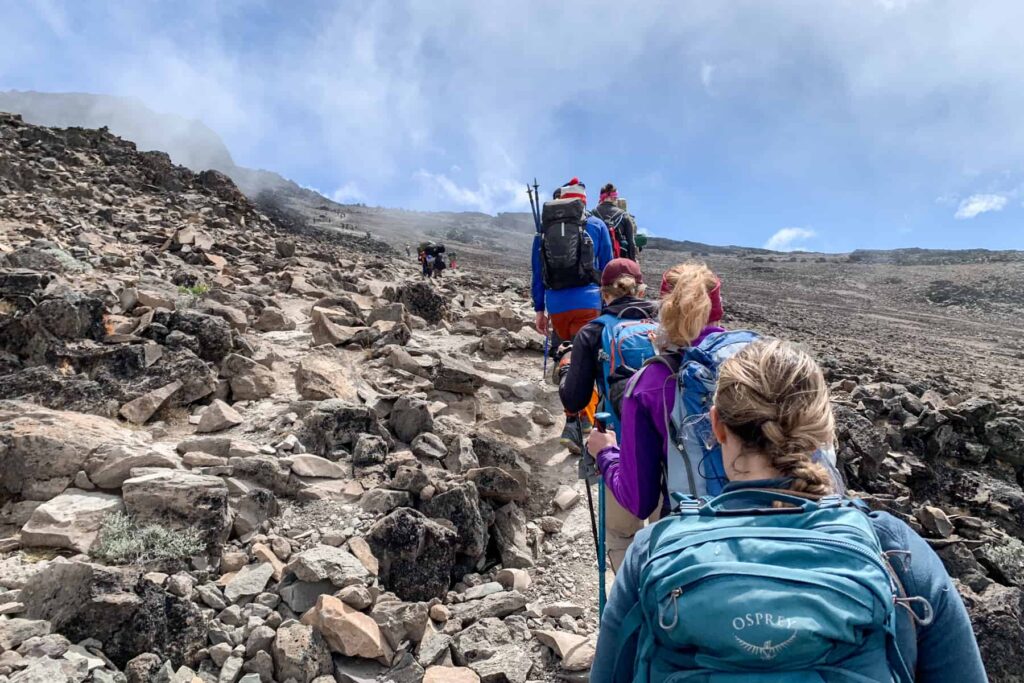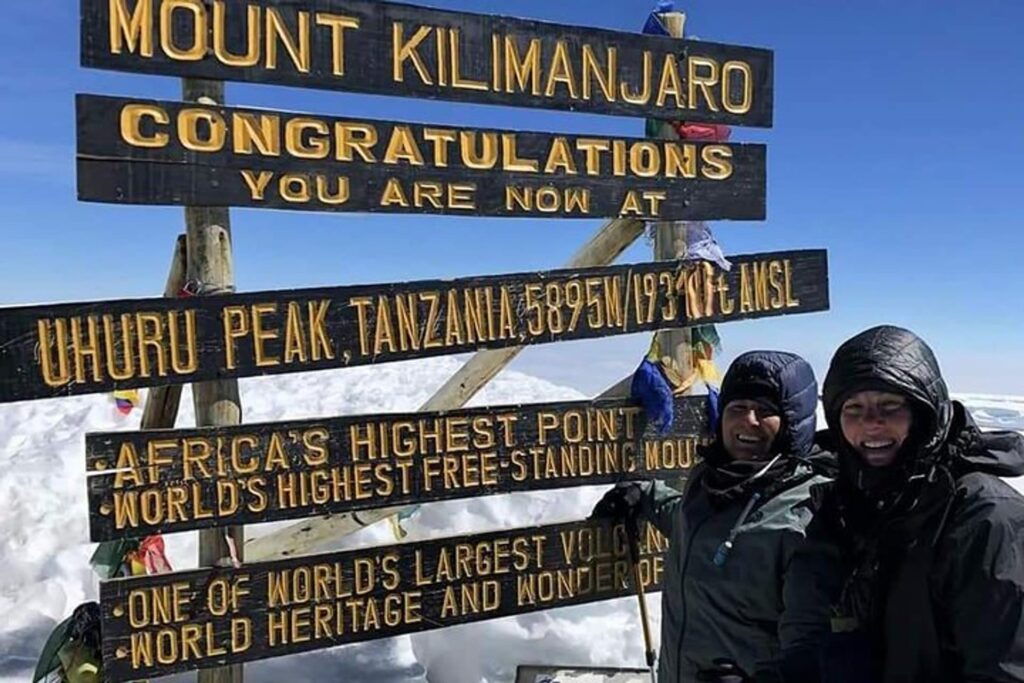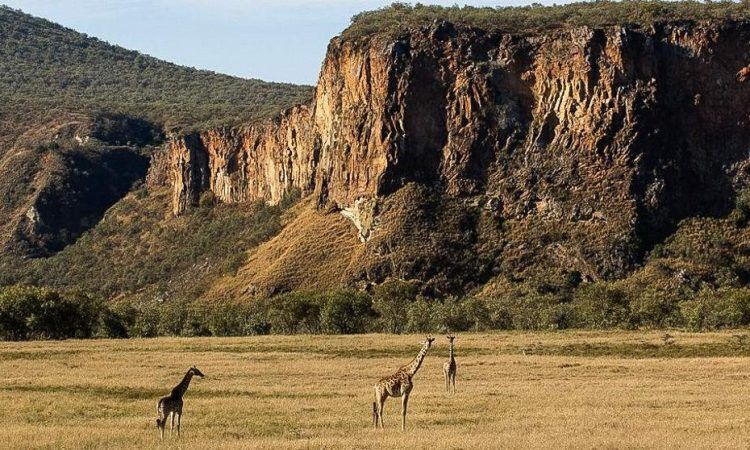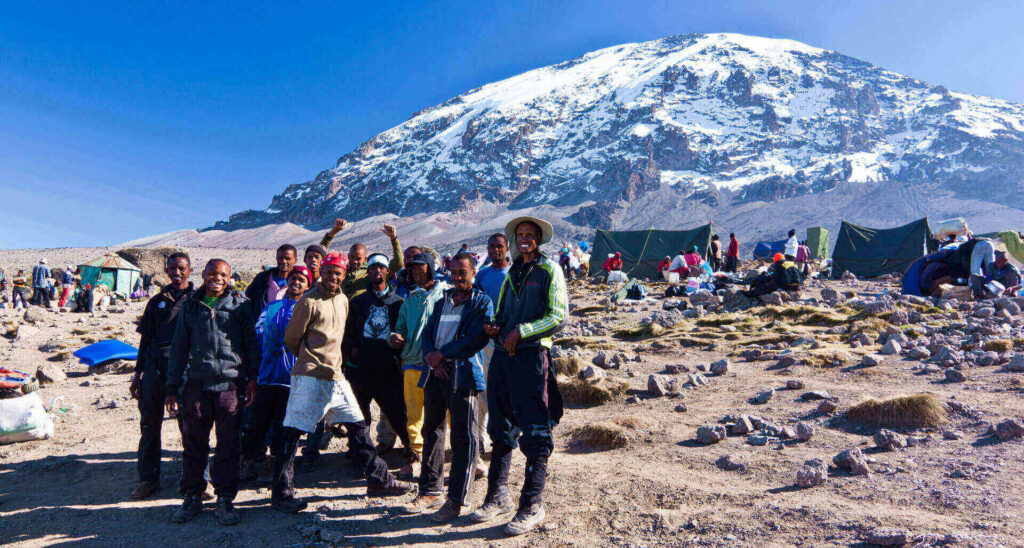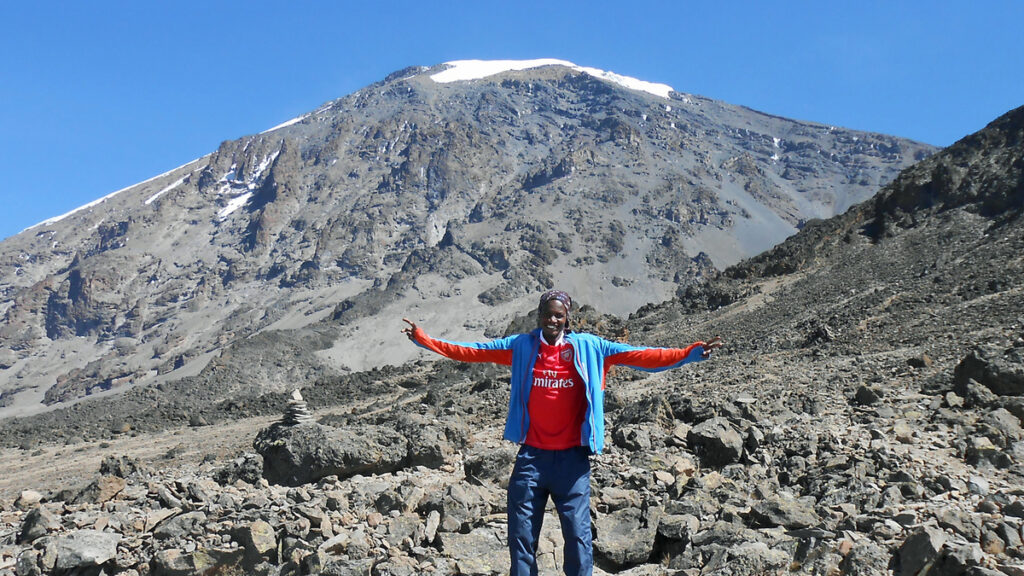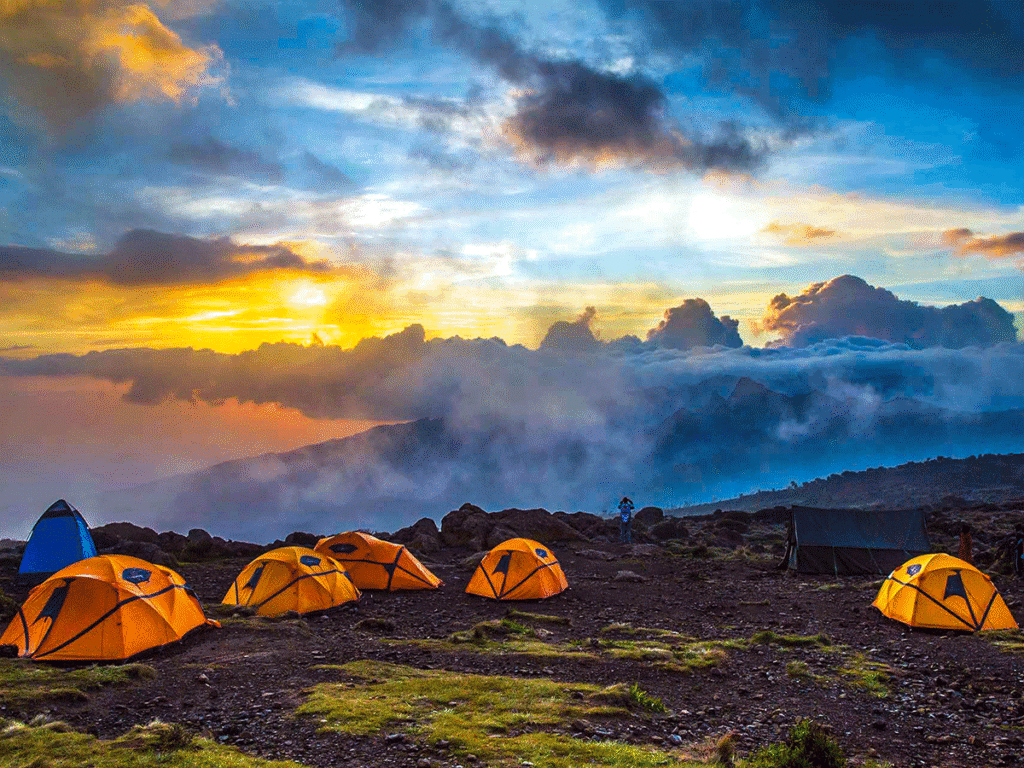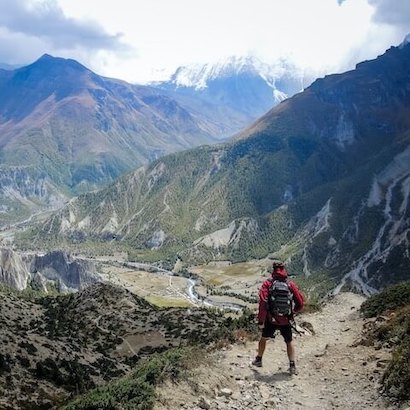- 1
- 1
- 5
- 1
- 1
- 3
- 1
- 3
- 20
- 3
- 10
- 14
- 15
- 11
- 14
Kilimanjaro National Park
Featured
Set off on an unforgettable journey along the Lemosho Route, a splendid pathway up Mt. Kilimanjaro known for its remote beauty and serene landscapes. As...
Duration
7 Days
$2,695
Next Departures
November 24, 2025 (Available)November 25, 2025 (Available)November 26, 2025 (Available)
Featured
Trek Mt. Kilimanjaro via the Machame Route, affectionately known as the ‘Whisky Route’. This path, favored for its scenic diversity, offers adventurers an enchanting journey...
Duration
7 Days
$2,475
Next Departures
November 24, 2025 (Available)November 25, 2025 (Available)November 26, 2025 (Available)
Join Msangai Adventures for an exhilarating 5-day trek on Mt. Kilimanjaro via the famous Marangu Route, affectionately known as the ‘Coca Cola’ route. This path...
Duration
5 Days
$1,653
Next Departures
November 24, 2025 (Available)November 25, 2025 (Available)November 26, 2025 (Available)
